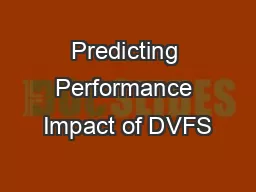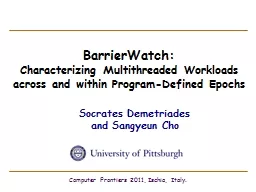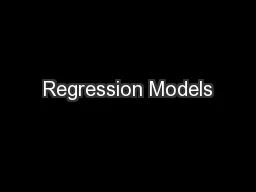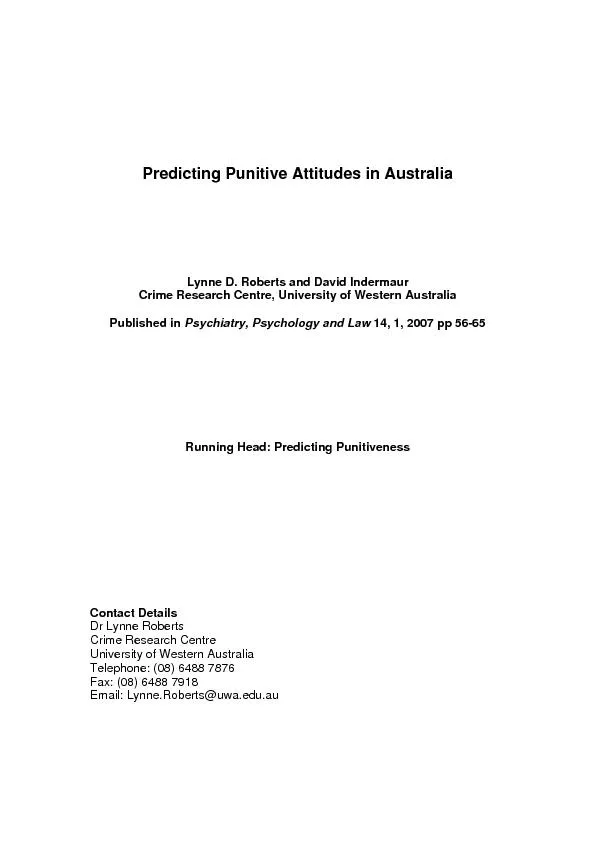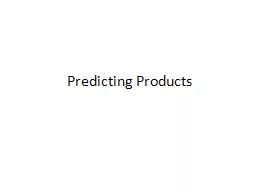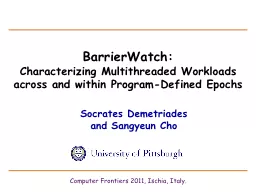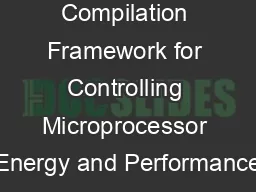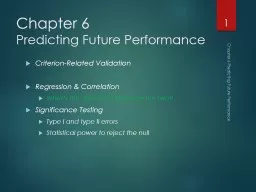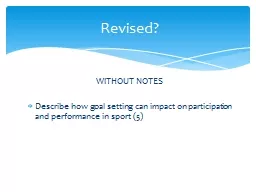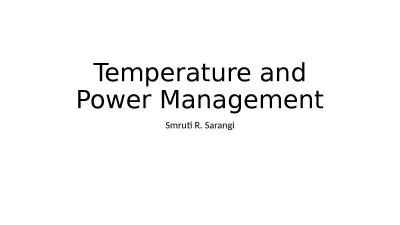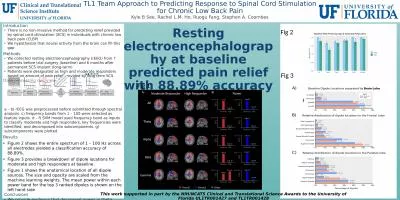PPT-Predicting Performance Impact of DVFS
Author : ellena-manuel | Published Date : 2016-06-28
for Realistic Memory Systems Rustam Miftakhutdinov Eiman Ebrahimi Yale N Patt V f Dynamic VoltageFrequency Scaling 2 Image source intelcom f opt Impact of Frequency
Presentation Embed Code
Download Presentation
Download Presentation The PPT/PDF document "Predicting Performance Impact of DVFS" is the property of its rightful owner. Permission is granted to download and print the materials on this website for personal, non-commercial use only, and to display it on your personal computer provided you do not modify the materials and that you retain all copyright notices contained in the materials. By downloading content from our website, you accept the terms of this agreement.
Predicting Performance Impact of DVFS: Transcript
Download Rules Of Document
"Predicting Performance Impact of DVFS"The content belongs to its owner. You may download and print it for personal use, without modification, and keep all copyright notices. By downloading, you agree to these terms.
Related Documents

